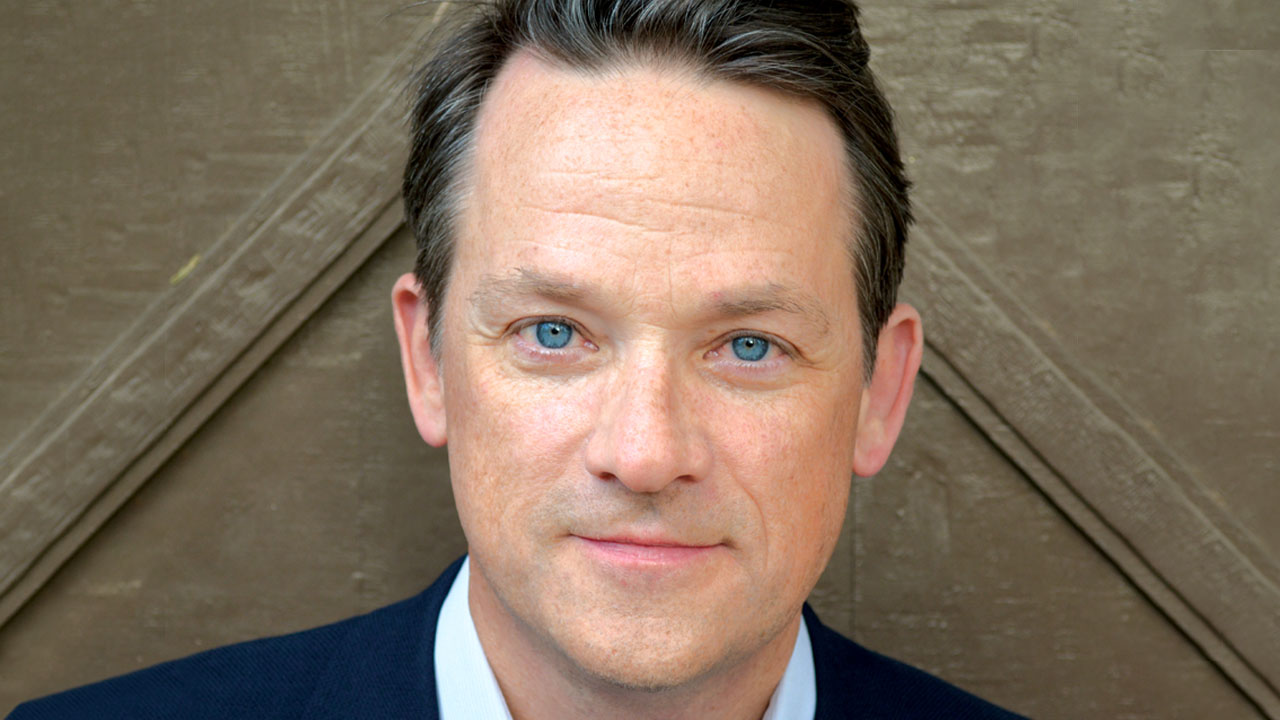| | | |
| | Brought to you by Alex Panas, global leader of industries, & Axel Karlsson, global leader of functional practices and growth platforms
| | | | | | | |
| | | | It’s a timeless truth that strong leadership teams are vital to overall business performance. But of course, team effectiveness is not only important at the top. At all levels of an organization, good teamwork can help improve productivity, resilience, decision-making, and innovation—all of which are required to successfully navigate shifting workplace norms and a fast-moving business environment. This week, we look at ways that leaders and their organizations can crack the code of building and supporting high-performing teams. | | | | | | | | | | | | | | | | | | | | | | |
| Tension can be a good thing, especially when it comes to building a thriving team culture. Daniel Coyle, author of The Culture Playbook: 60 Highly Effective Actions to Help Your Group Succeed, has studied an array of top-performing group cultures, including Pixar, the Navy SEAL Team Six, the NBA’s San Antonio Spurs, and even a gang of jewel thieves. He says that tension is common in strong cultures where team members embrace problem-solving. “In bad cultures, a problem comes up, and people kind of turn away from it, right?” Coyle says in an episode of Author Talks. “In good cultures, they get super interested and turn toward it. They will have vibrant arguments about which idea is best because those arguments are taking place in the bounds of safe connection. It’s a different kind of fun.”
| | |
| | | | | | | |
| It’s a common complaint that people are spending more time than ever in meetings, especially as technology has made it easier for far-flung teams to gather digitally. If more meetings are a must, can they be more productive? McKinsey’s Aaron De Smet, J. R. Maxwell, and coauthors suggest that leaders can improve collaborative interactions by categorizing them into three types—decision-making, creative solutions and coordination, and information sharing—and shifting their approach to each one. In decision-making meetings, for instance, leaders should clarify exactly which team members have a voice, a vote, and veto power. According to the authors’ research, it’s often helpful to involve more people in decision-making, but one individual should be the decider. “Don’t underestimate the difficulty of implementing this,” they say. “It often goes against our risk-averse instinct to ensure everyone is ‘happy’ with a decision, particularly our superiors and major stakeholders. Executing and sustaining this change takes real courage and leadership.” | | | Lead by strengthening teams. | | | | | — Edited by Eric Quiñones, senior editor, New York
| | |
| | | |
This email contains information about McKinsey’s research, insights, services, or events. By opening our emails or clicking on links, you agree to our use of cookies and web tracking technology. For more information on how we use and protect your information, please review our privacy policy. |
|
You received this email because you subscribed to the Leading Off newsletter. |
|
|
Copyright © 2025 | McKinsey & Company, 3 World Trade Center, 175 Greenwich Street, New York, NY 10007 |
|
|
|
|
|











